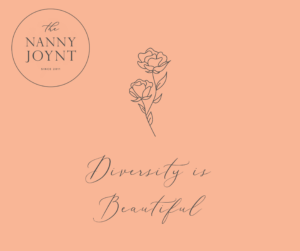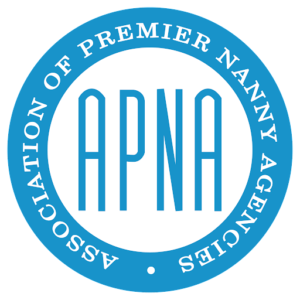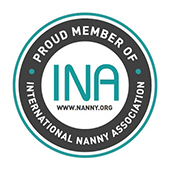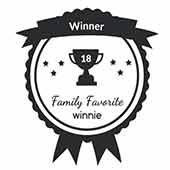
In light of the recent demonstrations calling for justice and equality, the tragic murder of George Floyd, and the ongoing problem with racism that our country faces has been incredibly distressing for adults and kids alike. At The Nanny Joynt, we believe diversity is beautiful and we are committed to starting the conversations and helping our families raise a generation that understands and recognizes what racism is, stands up against it, and works to end systemic racism and inequality that has plagued our country for centuries. Discussing systemic and individual racism, police brutality, and the events that have recently been in the news with protests, looting, and rioting are difficult topics for adults to navigate but when you add in the component of discussing them with your children, they get even more complex. But these difficult and uncomfortable discussions are important and, for most us, are likely overdue. What happened to George Floyd in Minnesota is abhorrent and, while most white people agree, many are not quite sure where we fit in with the Black Lives Matter movement. After all, most people would probably not call themselves “racist.” The problem is, regardless of whether a white person has ever been directly or unintentionally racist, white people have historically had the upper hand and been given the benefit of the doubt by governments, laws and the enforcement of such, societies, on job interviews, and more. The reason for this is not because white people are bad. It’s because at the time these systems were created, they were designed with only the dominant culture in mind, and still have racism baked in.” If you are like most parents, the recent headline-making events are not just frightening for you, but your children are likely to hear about these events and its important to put these things into context for our children.
Discussing the privileges that come with having white skin is not an attempt to point fingers at every individual white person and say, “Because you are white, you have had it so easy” or, “You are white, and therefore you are automatically racist so this is all your fault.” We must discuss it because, whether or not people like it, or are even aware of it, we have directly and indirectly benefitted from a system and life that affords us privileges that other minorities, particularly people of color, do not get. This is not to say our lives have been free of hardship. Rather, it’s saying that our skin color has not further contributed to our hardships, nor made achievement and access to resources harder to attain. Now, possibly more than ever before in our nation’s history, silence is unacceptable – we must raise our collective awareness and pursue acceptance and love for all. We must all stand up to recognize that Black Lives Matter and begin to not just change ourselves but change the larger systems at play that influence the racism black people experience on a daily basis. For me, the first step towards this starts with educating myself and my children.
How you discuss racism with your children will depend heavily on their age and what they can understand developmentally. But, what most people don’t realize, is that conversation can start very early on in simplified ways that can be added to overtime to help children understand what racism is, and how we can all make choices, changes, and pursue actions that support the intention of true equality that the Black Lives Matter movement seeks. There are many resources and books to explain what racism is to children of all ages, and help them get involved in combatting racism as they grow.
For adults, a great document that directs you to a myriad of Anti-Racism Resources for both adults and children can be found HERE. There are many children’s books available to purchase, from your local library, or from your local library app where you can access many e-books for free, such as Hoopla. Additionally, there are excellent social media accounts that can help you learn how to talk to your children about racism and the Black Lives Matter movement such as @theconcsciouskid and @embracerace.
Books to Teach Children About Racism, Diversity, and the Black Lives Matter Movement
(Please keep in mind, many of these books could be used for slightly older or younger children than which category they are placed under.)
Ages 1 – 4
Ages 5 – 8
- All Are Welcome
- The Day You Begin
- We’re Different, We’re the Same (Sesame Street)
- A Kids Book About Racism
- Mixed: A Colorful Story
Ages 9 – 12
- Not My Idea: A Book About Whiteness (Ordinary Terrible Things)
- This Book Is Anti-Racist: 20 Lessons on How to Wake Up, Take Action, and Do The Work









